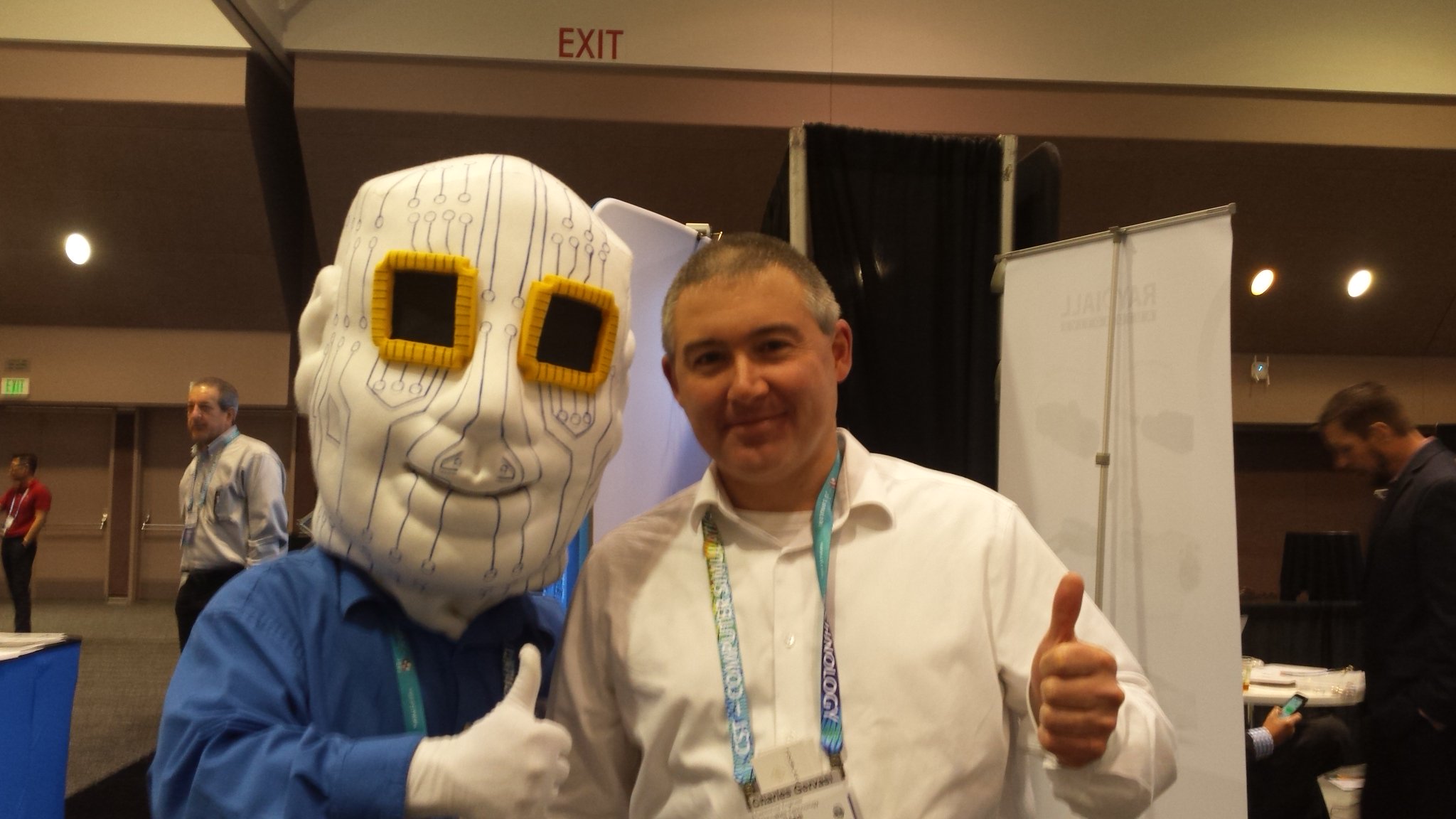I’m currently working on a more complex project that uses double sided assembly (and a weird USB-C connector). To practice these things a little, I ordered some low cost boards to get used to that connector and explore double sided reflow (which seems easier than I expected).
For those who are interested, this is a reference design from framework computer for their expansion card system. It can be programmed with circuitpython or Arduino and utilises a SAMD21 microcontroller.
Do you have a reflow oven? Or simply with a hot air gun? How do you do it?
Yeah I have such a small, cheap Chinese one (T962) that I modified and flashed a nicer firmware on.
I basically populated the bottom side (with more components) first after applying solder past with a stencil, then reflowed the board. After cooling down I applied the solder paste to the upper side (with the LED) by using a small needle on a syringe (because using a stencil was too weird since the board wasn’t laying flat) but since the pads are relatively large and not that many that worked fine. Then I placed the components on that side and simply run the reflow cycle again.
I started with the bottom side because there are no heavy components. I expected heavy parts to just fall off on the second reflow cycle so I tried to avoid that.
At the end I manually assembled the USB connector using a regular soldering iron and tons of flux gel.
I used a Chinese oven that looked just like that, maybe the same model. I found it uneven in its heating, so much so that paste near the door sometimes didn’t flow. It was possibly a step up from my Black and Decker toaster oven.
oh wow



